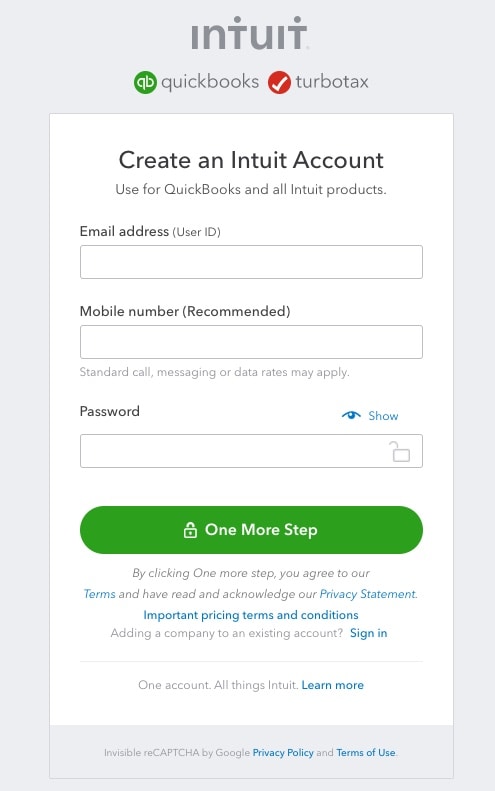Turn on suggestions
Auto-suggest helps you quickly narrow down your search results by suggesting possible matches as you type.
Showing results for
I'm working on a client's bank rec and they have a sales invoice with 4 deposits of £500 on it. Usually, I'm able to fill out the deposit amount and reconcile off pretty easily. But, when I enter £2000 for this invoice, I can't find it to reconcile off against each amount of £500. If I change the deposit amount to £500 on its own then it works and I can reconcile it off.
Feels like this is probably a glitch but can't find anyone who has had this problem before.
Solved! Go to Solution.
Thank you for your prompt response, Zach. The additional information and the screenshot you provided were helpful.
You’re right that entering £500 works because QuickBooks Online (QBO) matches payments to the exact amounts shown in your bank feed.
When you enter a lump sum of £2000, QuickBooks searches for a single £2000 deposit to match. However, since your bank feed shows four separate deposits of £500 each, it cannot identify a matching lump sum. Because the invoice was paid in four partial payments of £500, QuickBooks requires each payment to be matched individually.
Thus, you'll need to enter £500 on the invoice to match the first deposit, and then use the Receive payment feature to record the remaining three £500 payments separately. This way, you’ll be able to reconcile all four deposits totaling £2000 accurately.
If you have any follow-up questions, please feel free to ask in the comments. We'll get back to you.
This behavior occur depending on how deposits are recorded and matched within the QuickBooks, Zach.
With this in mind, may I know how you recorded the £2000? Was this recorded as a deposit? If possible, sharing further details or screenshots would help us provide a more accurate resolution.
The reconciliation of accounts in QuickBooks Online (QBO) relies on your bank statement. When deposits are listed as separate amounts of £500, they need to be matched to the corresponding entries in QuickBooks.
Recording the deposits as £500 each allows the system to identify and match them more easily, as the amounts align directly.
The four separate deposits of £500 we can record them individually in the Debtors account (Account Receivable). This will apply to your invoice of £2000.
To do this:
Once the deposits are entered separately, you'll be able to match and reconcile them against the bank transactions in QuickBooks Online. This process ensures the invoice for £2000 is marked as fully paid, while also allowing you to reconcile the individual deposits of £500 accurately.
If you have any additional details, questions, or need further assistance, please don’t hesitate to leave your comment below.
I have attached the bottom of the invoice showing the breakdown including the deposit. When the £2,000 deposit is changed to £500, I can match bank transactions also worth £500 to this. Is there a way I can leave this as £2,000 and then match the 4 transactions of £500 separately given that these deposits have been imported from bank statements into QuickBooks?
Thank you for your prompt response, Zach. The additional information and the screenshot you provided were helpful.
You’re right that entering £500 works because QuickBooks Online (QBO) matches payments to the exact amounts shown in your bank feed.
When you enter a lump sum of £2000, QuickBooks searches for a single £2000 deposit to match. However, since your bank feed shows four separate deposits of £500 each, it cannot identify a matching lump sum. Because the invoice was paid in four partial payments of £500, QuickBooks requires each payment to be matched individually.
Thus, you'll need to enter £500 on the invoice to match the first deposit, and then use the Receive payment feature to record the remaining three £500 payments separately. This way, you’ll be able to reconcile all four deposits totaling £2000 accurately.
If you have any follow-up questions, please feel free to ask in the comments. We'll get back to you.
I appreciate the advice here. That was my original idea but was hoping there would be some neat work around. Would there be any other way of doing this so that the whole £2000 deposit is recorded as such or will that just be taking up more time than it's worth at that point?
The steps outlined by my colleagues above are the most effective methods for recording invoice payments to align with the deposits shown on your bank statement and in Banking, Zach.
You can also consult your accountant to explore alternative ways to ensure your bank statement matches the records in QuickBooks Online.
Feel free to reach out if you need any additional assistance.

You have clicked a link to a site outside of the QuickBooks or ProFile Communities. By clicking "Continue", you will leave the community and be taken to that site instead.
